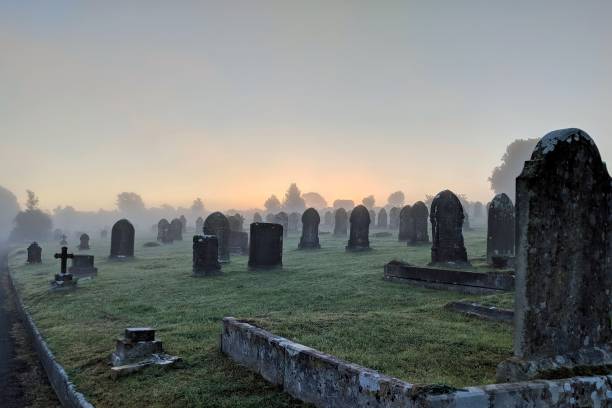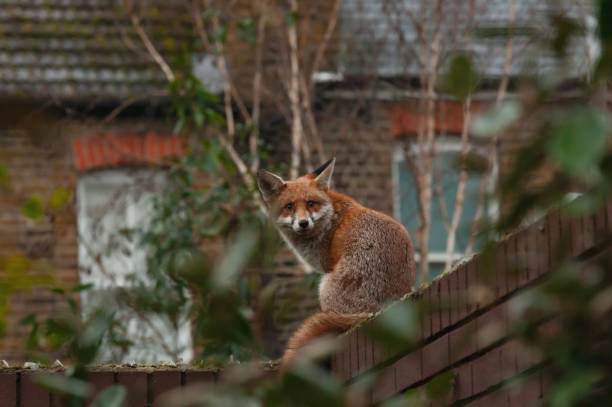Discovering the Unexpected: The Rise of Cemeteries as Tourist Destinations
The echoes of history and culture often reverberate in the most unexpected places. One such example is the growing trend of cemetery tourism. Perhaps at first glance, it might seem a bit morbid or unusual. However, upon closer inspection, the allure becomes apparent. These sacred spaces often combine elements of history, art, architecture, and nature, offering an experience that bridges the gap between past and present.

Cemetery tourism, also known as taphotourism, is by no means a new phenomenon. However, it’s becoming increasingly popular in the modern travel industry. Let’s delve into this intriguing trend, exploring its roots, implications, and practical applications.
Historical Background and Key Developments
Cemetery tourism traces its roots back to the 19th century, during the Victorian era, when cemeteries were designed as park-like spaces for public enjoyment. As symbols of local heritage, these burial grounds often feature impressive monuments, intricate sculptures, and beautiful landscapes. With the rise of ‘dark tourism’—where travelers seek out locations associated with death or suffering—cemetery tourism has gained momentum.
Why Cemetery Tourism?
Visiting cemeteries provides a unique perspective on a region’s historical, cultural, and architectural narratives. They are often the resting places of famous figures, their tombstones serving as physical reminders of their lives and accomplishments. Moreover, cemeteries often house impressive works of art and architecture, providing a unique outdoor museum experience.
Advantages, Challenges, and Impact
Cemetery tourism offers several benefits. It provides a peaceful and reflective environment, allowing travelers to connect with history on a personal level. Additionally, it promotes heritage conservation, as increased tourist interest often leads to enhanced maintenance and preservation efforts.
However, there are challenges. Ensuring respectful behavior is paramount, as cemeteries are places of solace and remembrance. Balancing tourism with the need for tranquility can be a delicate task.
The impact of cemetery tourism is significant. It promotes cultural understanding and empathy, encouraging travelers to reflect on broader themes of life, death, and remembrance. It also contributes to local economies, particularly when associated with famous figures or historic events.
The Practicality of Cemetery Tourism
Visiting cemeteries requires a bit of planning and cultural sensitivity. It’s essential to research local customs and regulations to ensure respectful behavior. Also, guided tours can offer additional insights and context, enriching the overall experience.
Not Just a Final Resting Place: Interesting Facts about Cemetery Tourism
- Père Lachaise Cemetery in Paris, the final resting place of Oscar Wilde and Jim Morrison, attracts millions of visitors each year.
- The Recoleta Cemetery in Buenos Aires is known for its impressive mausoleums and the tomb of Evita Perón.
- The Old Jewish Cemetery in Prague is one of the oldest in Europe, with tombstones dating back to the 15th century.
- Mount Koya in Japan, a UNESCO World Heritage site, is home to Okunoin Cemetery, the country’s largest, boasting over 200,000 tombstones.
In conclusion, cemetery tourism offers a unique travel experience, blending elements of history, culture, art, and nature. It provides a different lens to view a destination, transforming these spaces of final rest into vibrant locations for reflection and learning. As travelers, we can gain a deeper understanding of the places we visit by exploring these often-overlooked sites, reminding us that every journey has the potential to surprise and enlighten.




